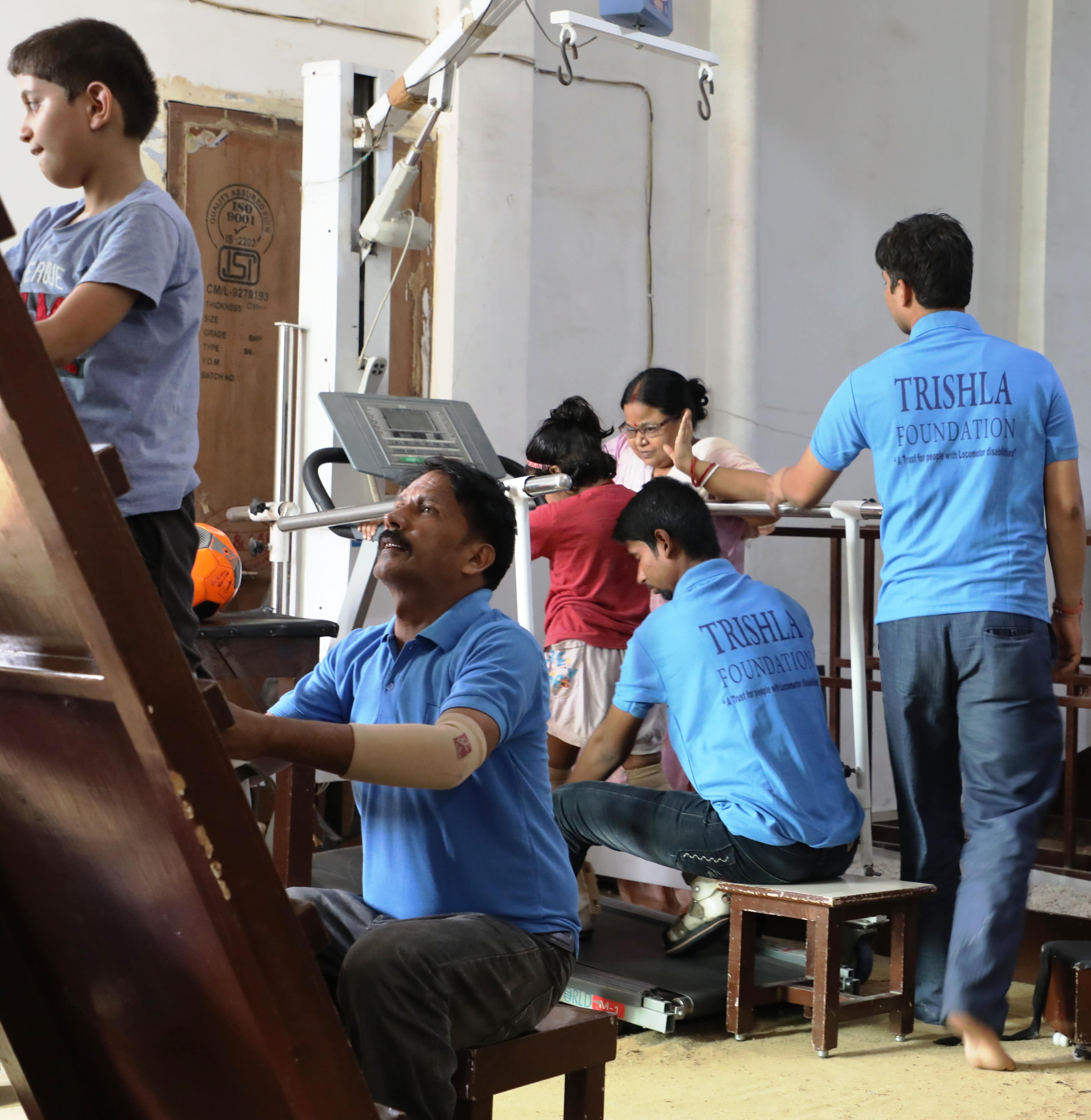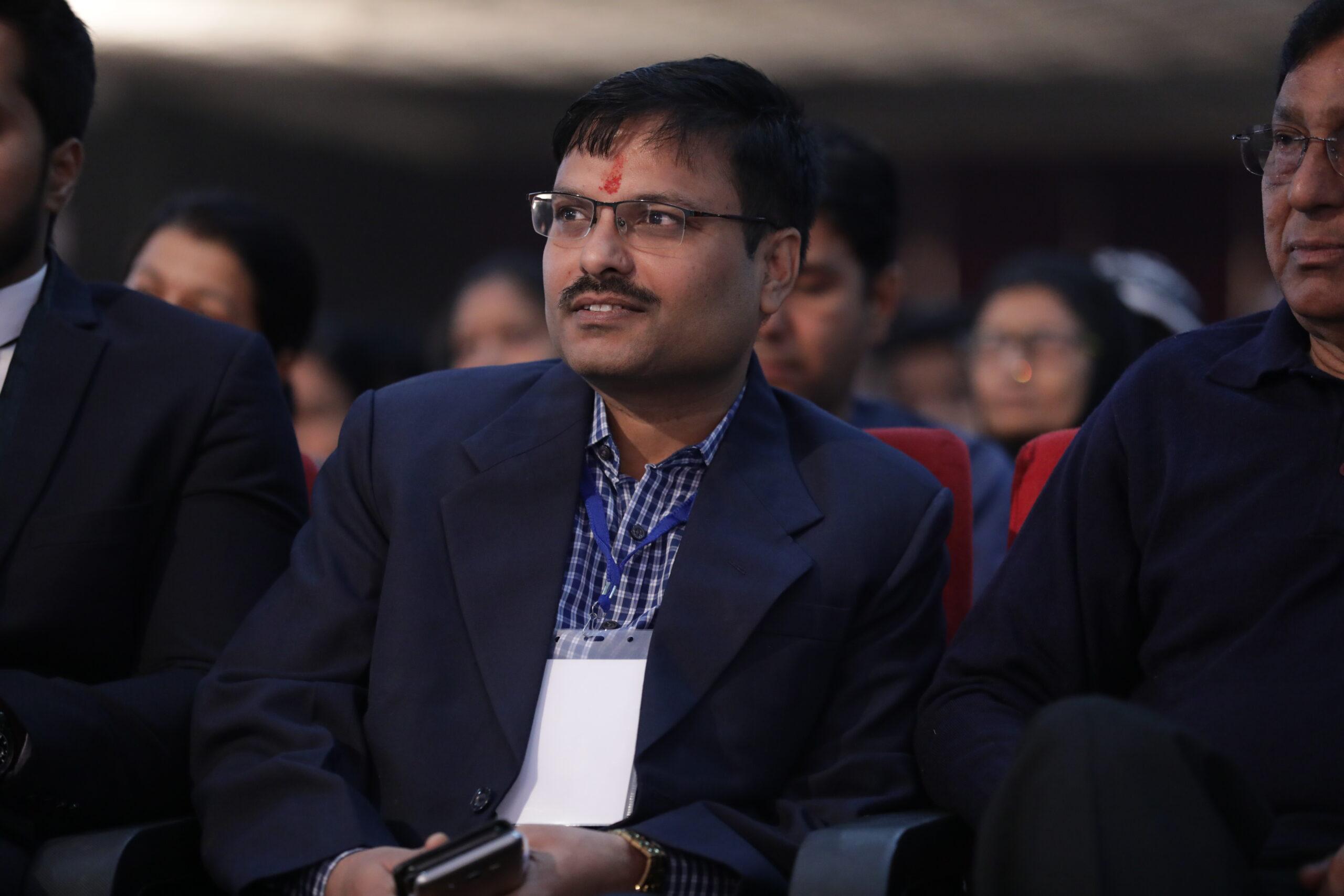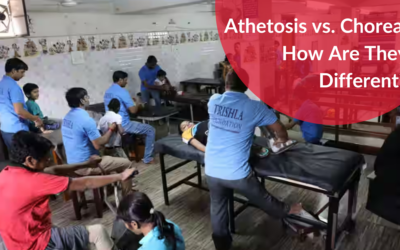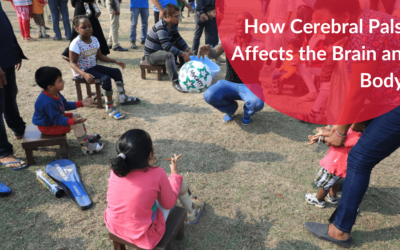Dyskinetic Athetoid Cerebral Palsy
Dyskinetic cerebral palsy is defined as cerebral palsy with uncontrolled involuntary abnormal movements. In this variety of cerebral palsy, the lesion is situated in the basal ganglia of the brain. Most of the time, it occurs because of kernicterus (high bilirubin level in blood) in a preterm baby.
The function of the basal ganglia is to control and coordinate body movement and activities. So once it is disturbed, involuntary and abnormal movement in the body increases and voluntary activities are disturbed.
It Presents In Three Different Varieties: Dystonic, Athetoid & Chorea
Dystonic Cerebral Palsy:
It is characterized by slow writhing & repetitive movements with muscle rigidity & persistent abnormal posture during activity. Due to the rigidity of muscle, soreness & pain is very common. Involuntary movements and rigidity increase when the child is awake and under stress and wants to work. But abnormal movement and rigidity nearly disappear during sleep hours.
Dystonic cerebral palsy usually affects the whole body (generalized dystonia) and may also affect muscles of speech, deglutition, and facial expression, so it may be disabling with this problem. Rarely dystonic variety can affect one side of the body (hemidystonia), part of the body (focal dystonia), or neck (cervical dystonia).
Athetosis Cerebral Palsy:
It is characterized by slow continuous twitching & wriggling involuntary movements of extremities. Symptoms present during rest but increase many folds while the child starts to do activities.
The tone in athetoid CP is variable & fluctuating, usually, it is hypotonia or normal tone, so fix deformity is rare. The child can also have difficulty in eating, drinking, drooling saliva, difficulty in grasping and holding small objects.
These children can have an increase in movements (hyperkinesis). The child is fully relaxed during sleep. Abnormal movements increase when he is under stress when some emotional outbursts or attempts to perform some voluntary activities.
Energy expenditures are much higher in this variety because of continuous abnormal movement. Movements are quite disabling so it is very difficult to maintain posture & perform any task for ADL.
Chorea:
It is characterized by abrupt, brief irregular jerky movement. This can affect single or multiple parts of the body. These children can also have difficulty in chewing and swallowing & speech.
Associated Medical Problem:
Constipation, regurgitation, regular fall, fast degeneration of joints, spondylolysis changes in the spine, and radiating pain due to nerve compression are common complications in dystonic and athetoid cp.
This problem can develop in the course of time. So it is imperative to look into all these possible complications at regular intervals. These children are also prone to develop psychological & nutritional problems.
Treatment Options For Dyskinetic/Athetoid Cerebral Palsy:
In these children, the benefit can be given by the use of relaxing exercise, different yoga postures, task-oriented exercise, braces, training in balancing & activities, oro-pharyngeal exercise & speech therapy.
Traditional exercise including stretching, and joint mobilization doesn’t help and should not be used. Sometimes oral medicines are also prescribed to control abnormal movements and tone of muscle, problems with sleep, deglutition, and gastric reflux.
For medicine, a specific Cerebral palsy physician should be consulted. Children with dystonic cerebral palsy also utilize some sensory ticks to control movements for a while. In cervical dystonia, they use hand support below the chin to control neck movements.
Cerebral palsy orthopaedic surgery may be needed sometimes in long persistent cases with contracture and bony deformity in extremities. However meticulous planning is required before and after surgery.
Dyskinetic/Athetoid Cerebral Palsy Prognosis:
The prognosis depends upon the severity of dyskinetic movements, associated medical issues, and intellectual level. If a child is mildly affected then the age of the child is similar to the general population. If dyskinetic movement is severe and develops rigidity then the child develops early arthritic changes in joint and spine with radiating pain in lower limbs, which can be very disabling.
Click to know more about:
- Cerebral Palsy Definition
- Cerebral Palsy Types
- Cerebral Palsy Surgery
- Cerebral Palsy Diagnosis
- Cerebral Palsy Success Stories
- Pediatric Disabilities Treatment
Check Physiotherapy Technique for Dyskinetic Cerebral Palsy – Check Video
FAQ
1. What part of the body is affected by dyskinetic cerebral palsy?
The part of the brain called the basal ganglia is get affected by dyskinetic cerebral palsy. Basal ganglia control the muscle movement from the brain.
2. What are different dyskinetic movements can be?
Dystonia: Twisting and repetitive movements
Athetosis: Slow, ‘stormy’ movements
Chorea: Dance-like irregular, unpredictable movements
3. What is the difference between spastic and athetoid cerebral palsy?
Dyskinetic cerebral palsy is also known as athetoid cerebral palsy. Dyskinetic cerebral is occur due to injury in the part of the brain called the basal ganglia and spastic cerebral palsy occurs due to injury in the motor cortex of the brain before, during, or after birth.
Reference Sources:
- https://www.cerebralpalsyguidance.com/cerebral-palsy/types/dyskinetic-athetoid/
- https://www.cerebralpalsyguide.com/cerebral-palsy/types/athetoid/
- https://cerebralpalsy.org.au/our-research/about-cerebral-palsy/what-is-cerebral-palsy/types-of-cerebral-palsy/dyskinetic-cerebral-palsy/
- https://cerebralpalsygroup.com/cerebral-palsy/athetoid/







